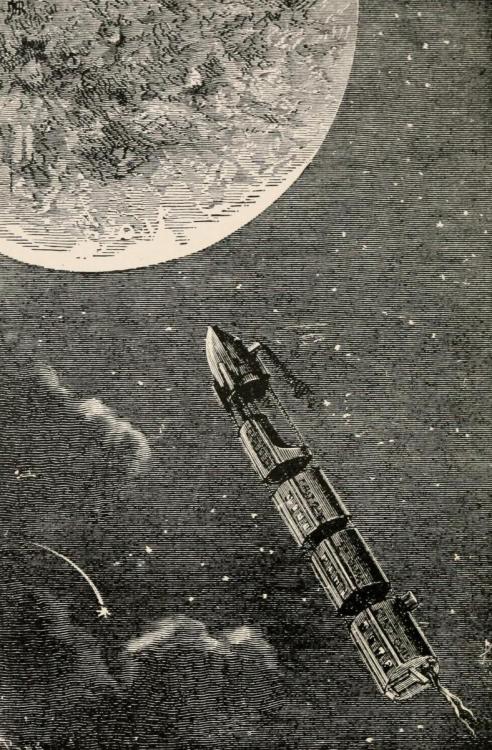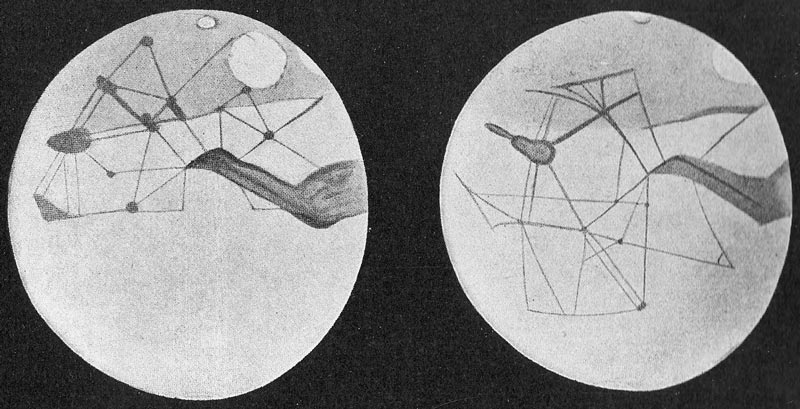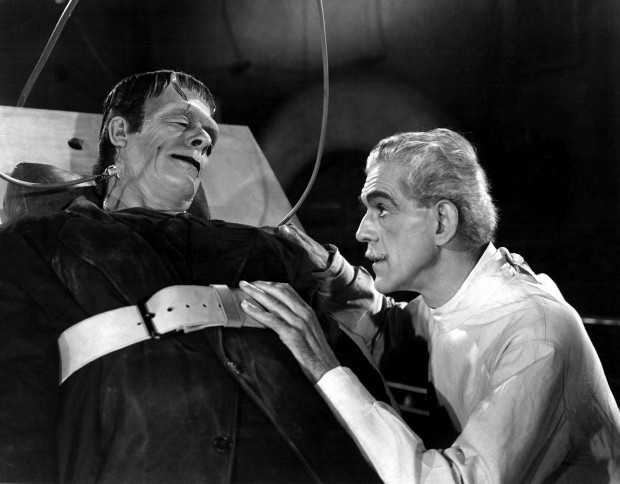I hope you see this list of sci-fi concepts from the 19th century that were wrong as a symbol of my deep and lasting affection for all of you readers. Thanks for reading, and feel loved.
Sci-fi is a genre of speculation, not certainty. Looking back at sci-fi from even thirty years ago, like Back to the Future II, we can point and laugh at things that didn't end up happening. Of course, there are also a lot of very fascinating things that science fiction does get right.
Today, however, we are going to point and laugh (in an analytical sort of way) at the things that nineteenth century didn’t get right. To clarify, the names listed beside each concept are not necessarily the inventors of the concepts. Rather, they are the creators who popularized them in science fiction.
Let it begin!
5. The Rocket Cannon (Jules Verne)-

In his 1865 novel From the Earth to the Moon (also known as something I can’t spell or pronounce in French), Jules Verne tells the story of a gun club whose members decide to launch a vessel out of a giant cannon into space. Interestingly, his calculations for the rocket cannon are almost plausible, but aren’t quite practical for manned space travel.
4. The Moon’s Atmosphere (George Tucker)-


The moon’s atmosphere appears in far more works than just Tucker’s 1827 space satire, but since we talked about it in a previous post, I thought I would use it for this example. For all the people of the time knew, the moon could have had a perfectly breathable atmosphere, but further study has shown that what little atmosphere the moon has is only comparable to the outer fringes of the earth’s atmosphere, and is not at all sufficient to sustain caricatures of earth civilizations.
3. Martian Canals (H.G. Wells)-


The Martian canals were actually a subject of scientific study from the end of the 19th century until the beginning of the 20th century. However, increased astronomical study and technology have proved these presumed remnants of Martian civilization to be little more than optical illusions. Still, they made for a pretty believable origin story for angry extraterrestrials who want to conquer earth.
2. American Socialist Utopia in the Year 2000 (Edward Bellamy)-


The late nineteenth century was the time when socialist ideals were really beginning to make an influence on culture. In Looking Backward, socialist Edward Bellamy foresaw the United States of America in the year 2000. While it can be argued that American government is increasingly socialist, fifteen years after Bellamy’s proposed society was set to exist, I think we can safely say that The United States is either completely socialist, or all that utopian.
1. The Reanimation of a Dead Human Brain (Mary Shelley)-


Life and death have been one of the central issues of human philosophy since we were kicked out of the Garden of Eden. Therefore, it makes sense for us to postulate about bringing life back into dead tissue by scientific means, as Victor Frankenstein did in Mary Shelley’s 1818 novel. However, the human brain is so complex, that the amount of damage caused by prolonged, well, death, would render it unusable. There’s your happy tip for the day.
On the next top five list, we’ll talk about things 19th century sci-fi actually got right. In the meantime, there will be a post about 1840s sci-fi! Yay! Also,you can tune in to my radio show, SpaceTime on Moody Campus Radio at 7 PM central time on Tuesdays. This Tuesday, February 17th, I’ll be talking about the 50s, 60s, and 70s in sci-fi history (I’m moving through sci-fi history much faster on the show than on the blog), as well as Back to the Future III! Thanks for reading. As always, please leave comments.
Keep on glowing in the dark,
Elora
No comments:
Post a Comment